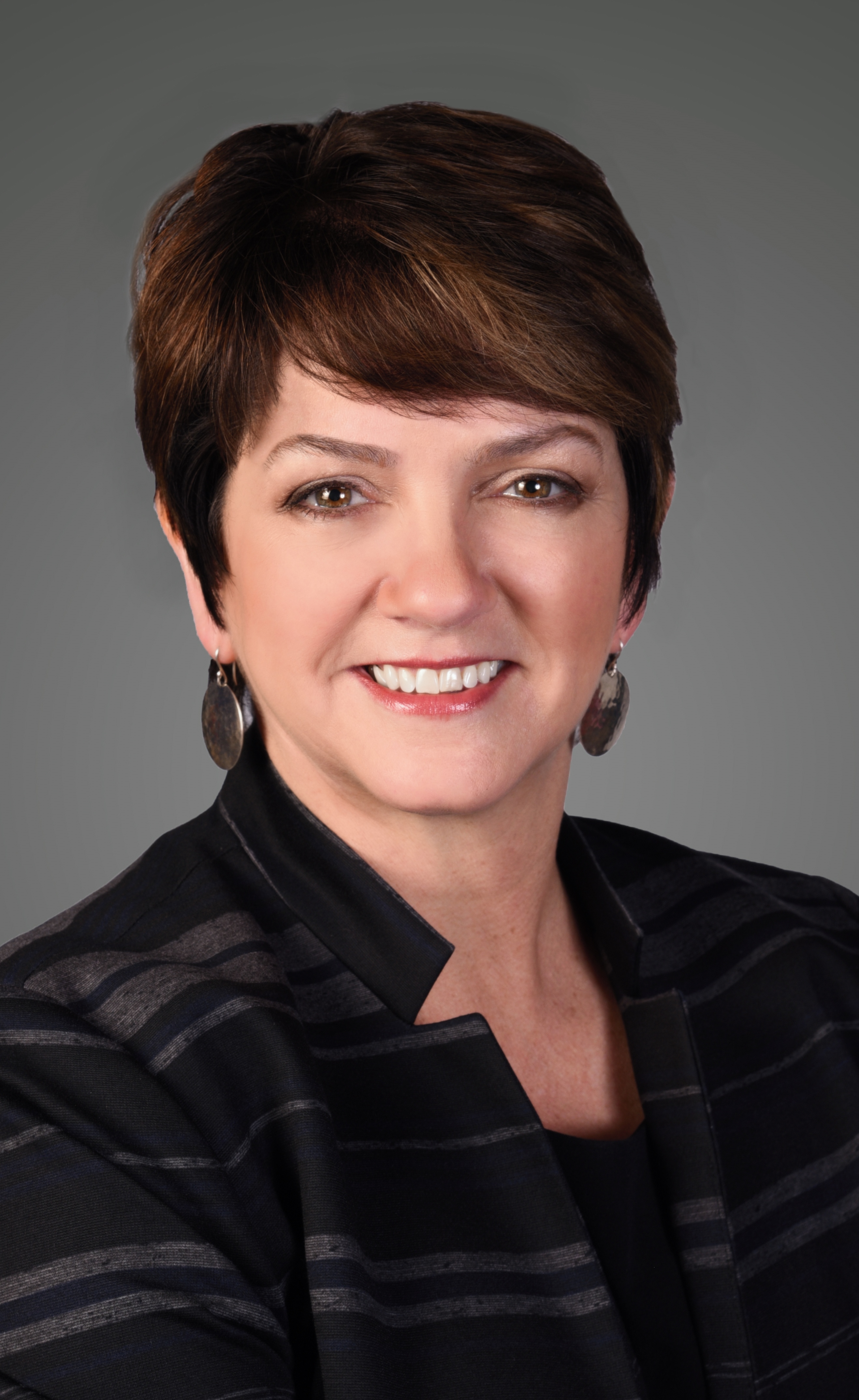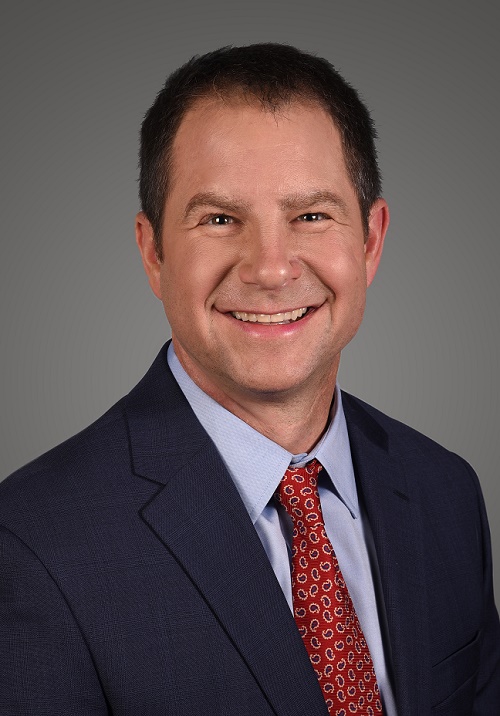 By Beth Anne Jackson and Kelly T. Custer, Brown & Fortunato, P.C.
By Beth Anne Jackson and Kelly T. Custer, Brown & Fortunato, P.C.
Congress allocated $100 billion to the Public Health and Social Services Emergency Fund for provider relief (the Provider Relief Fund) in the CARES Act. The Provider Relief Fund includes $50 billion dollars for general distribution and an additional $50 billion in special allocations. The initial general distribution beginning April 10, 2020 of $30 billion resulted in payments proportionate to providers’ share of Medicare fee-for-service reimbursements in 2019. These payments were automatically placed in providers’ bank accounts. A second distribution, of $20 billion, has two phases: some payments were made automatically to entities that submit cost reports. Other providers must apply and provide financial information via the general distribution portal. The information to be submitted includes providers’ most recent IRS tax filings as well as estimates of lost revenues for March and April 2020. Receiving a grant is good, isn’t it? Yes, but it comes with strings.
 After each payment from the Provider Relief Fund, providers will have to attest to compliance with the terms and conditions of retaining payments from the fund (the Terms). The U.S Department of Health and Human Services (HHS) and its Office of Inspector General (OIG) will be carefully monitoring compliance with the Terms and a failure to comply could result in False Claims Act liability and the severe penalties that come with it. Each tranche of payments from the Provider Relief Fund has its own Terms, with, of course, many overlapping requirements
After each payment from the Provider Relief Fund, providers will have to attest to compliance with the terms and conditions of retaining payments from the fund (the Terms). The U.S Department of Health and Human Services (HHS) and its Office of Inspector General (OIG) will be carefully monitoring compliance with the Terms and a failure to comply could result in False Claims Act liability and the severe penalties that come with it. Each tranche of payments from the Provider Relief Fund has its own Terms, with, of course, many overlapping requirements
The Terms of both general distributions are substantially similar. The Terms of the second distribution, however, requires the submission of information regarding general revenue when applying, instead of on request from the Secretary. The Terms require that providers attest that: (I) they are in good standing with all federal health care programs and have current Medicare billing privileges; (ii) they will only use payments for health-care related expenses and lost revenue related to COVID-19 and that those expenses or losses have not been reimbursed from other sources; (iii) they will submit reports to the Secretary of HHS as requested; (iv) they agree that payments may be publicly disclosed; (v) all information provided is true; (vi) they will maintain records in accordance with federal regulations; (vii) they will grant access to all relevant records to the Secretary of HHS; and (viii) they will not charge patients who have or may have COVID-19 out-of-network rates (that is, no surprise billing). In addition, the Terms contain many other items that payments from the Provider Relief Fund cannot be used for (regardless of the fact that the provider has already agreed that the funds will only be used for COVID-19 related purposes), including: compensation in excess of $200,000; gun control advocacy; lobbying; abortion (with certain exceptions); pornography; embryo research; acquiring chimpanzees for research; and human trafficking, amongst others.

Assuming that providers will not use their payments from the Provider Relief Fund for flagrantly illegal or patently political purposes, what compliance risks does the acceptance of the money and the Terms pose? Most of these risks will arise from inadvertent mistakes, fudging facts or double dipping. With respect to double dipping, if you receive an SBA loan to pay rent and bring back employees and then list payroll expenses as a use of the payment from the Provider Relief Fund such that amount received from both programs exceed your expenses and loss of revenue, that is problematic and requires a repayment to avoid False Claims Act liability (unless you can clearly demonstrate use of the funds in two distinct time periods).
The key to compliance is for providers to organize and document all items and expenses that payment(s) from the Provider Relief Fund were spent on. The goal is for the Secretary of HHS and/or the OIG to be able to easily trace the payments to appropriate spending. The first step might be segregating these funds in a separate account to facilitate tracking of monies spent. The second would be to create an appropriate paper trail and document as the money is spent. A spreadsheet with all receipts/invoices attached or numbered to correspond with the spreadsheet will go further to satisfy an auditor than a disorganized box of invoices and your checkbook register and credit card statements. Expenditures may also be able to be tracked through your accounting software or use of separate ledger accounts.
The COVID-19 pandemic has changed the everyday operations of health care providers. While many regulations have been relaxed during the pandemic, enforcement of health care fraud has not stopped. In the last week of April alone, the Department of Justice announced settlements in excess of $49 million and several criminal convictions. Given the $100 billion allocated to general and special allocations to health care providers, one can be certain that HHS will expend significant resources in ensuring that payments from the Provider Relief Fund are properly spent. Enacting procedures to appropriately account for those funds now will help providers be prepared should the OIG come calling.


